6 Proven Techniques for Streamlining Restoration Operations
June 25, 2024 •Ember Davis

Efficiency and productivity are paramount in the highly competitive field of restoration. To stay ahead, restoration contractors must adopt strategies that streamline operations and improve overall workflow. Here are six proven techniques that can help you optimize your restoration operations for greater efficiency and success.
1. Standardize Processes
One of the most effective ways to streamline operations is to standardize your processes. By establishing standardized procedures for common tasks, you can minimize errors and ensure consistency across all projects.
- Consistency: Standardized processes ensure that every team member follows the same steps, reducing variability and improving quality control.
- Efficiency: Clear, repeatable processes speed up task completion, allowing your team to work more efficiently.
- Training: Standard procedures make it easier to train new employees, ensuring they quickly get up to speed.
Example: Develop a step-by-step protocol for water damage restoration, including initial assessment, water extraction, drying, and final inspection. Want some recommendations? Download our free Complete SOP Guide!
2. Utilize Checklists
Checklists are simple yet powerful tools that can significantly enhance your restoration operations. They help ensure that no critical steps are overlooked and that tasks are completed in the correct order.
- Guidance: Checklists provide a clear roadmap for technicians, guiding them through each stage of the restoration process.
- Accountability: With checklists, team members can easily track their progress and ensure all tasks are completed.
- Quality Assurance: Checklists help maintain high standards by ensuring that every detail is addressed.
Example: Create detailed checklists for different types of restoration jobs, such as fire damage, mold remediation, and water damage, to ensure all critical steps are followed. Xcelerate Restoration Software can offer not only checklists but simplified workflows keeping your team up-to-date and on track
3. Implement Digital Documentation
Embracing digital documentation tools is essential for capturing and organizing project data, photos, and notes. These tools make it easy to access and reference important information when needed.
- Efficiency: Digital documentation saves time by eliminating the need for manual paperwork.
- Organization: It helps keep all project information in one place, making it easier to find and review.
- Accuracy: Digital tools often come with features that reduce the risk of errors in data entry and documentation.
Example: Use job management software with built-in digital documentation capabilities to record project details, upload photos, and store client communication records.
4. Prioritize Communication
Clear and open communication is crucial for avoiding misunderstandings and delays in restoration projects. Establishing effective communication channels among team members, clients, and subcontractors is vital.
- Transparency: Good communication ensures everyone is on the same page and understands their roles and responsibilities.
- Responsiveness: Quick and clear communication helps address issues promptly, reducing the risk of delays.
- Client Satisfaction: Keeping clients informed about project progress builds trust and improves satisfaction.
Example: Use restoration software that includes communication features such as real-time updates, messaging, and client portals to keep everyone informed and engaged.
5. Optimize Resource Allocation
Efficiently allocating resources such as labor, equipment, and materials is key to completing projects on time and within budget. Job management software can help you optimize resource allocation based on project requirements and timelines.
- Efficiency: Proper resource allocation ensures that the right resources are available when needed, reducing downtime.
- Cost Savings: By using resources efficiently, you can minimize waste and reduce overall project costs.
- Scalability: Effective resource management allows you to handle multiple projects simultaneously without overextending your team.
Example: Implement job management software that tracks resource availability and assigns them to projects based on real-time data and project needs. Learn more about what Xcelerate can do for you!
6. Embrace Technology
Leveraging technology solutions can streamline inspection and assessment processes, making your operations more efficient and accurate.
- Precision: Advanced tools such as drones, moisture meters, and thermal imaging cameras provide precise data for better decision-making.
- Speed: Technology speeds up the inspection process, allowing for quicker project turnaround times.
- Documentation: Digital tools often come with features that help document findings, making it easier to share and review.
Example: Incorporate technology such as moisture meters to quickly assess water damage levels and thermal imaging cameras to detect hidden moisture or heat sources.
Conclusion
By adopting these six proven techniques, restoration contractors can significantly streamline their operations, improving efficiency and productivity. Implementing standardized processes, utilizing checklists, embracing digital documentation, prioritizing communication, optimizing resource allocation, and leveraging technology are all critical steps toward achieving operational excellence.
To further enhance your restoration operations, consider downloading our free Restoration Reporting Guidebook. This comprehensive resource offers practical tips and strategies to help you harness the power of data and streamline your workflows. Don't miss out on the opportunity to drive your business forward with the right tools and insights.


